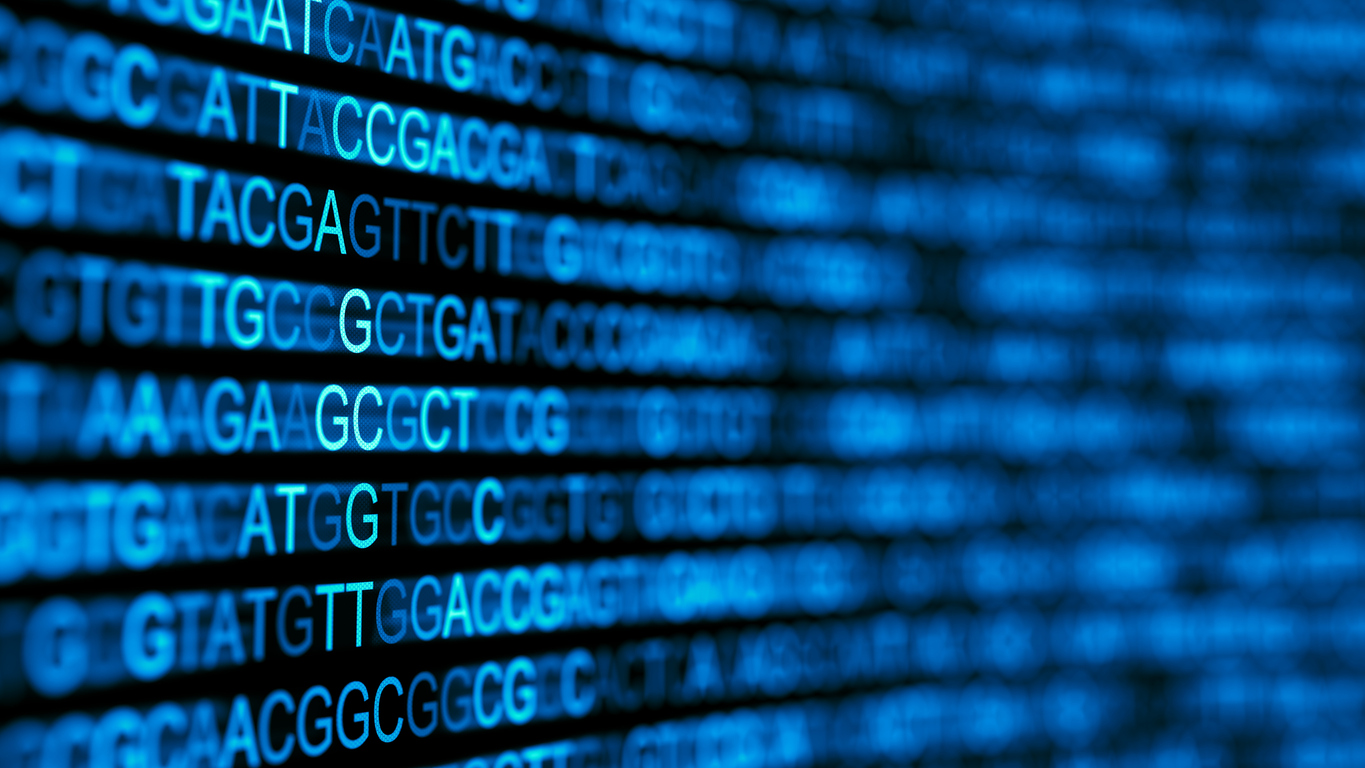DNA Structure and Chemical Composition
Before understanding the development of DNA sequencing, we must first grasp the structure and chemical makeup of DNA itself. In 1953, James Watson and Francis Crick proposed the now-famous double helix model of DNA. They showed that DNA is composed of two strands of nucleotides linked together and twisted into a spiral shape. Each nucleotide contains one of four nitrogenous bases: adenine (A), guanine (G), cytosine (C), and thymine (T). The bases on each strand bond through hydrogen bonds, with A always pairing with T and C always pairing with G. This complementary base pairing is key to how DNA encodes genetic information and replicates.
The Early Beginnings of DNA Sequencing
The first methods for determining the sequence of nucleotides in DNA molecules emerged in the 1970s. These early techniques, such as the plus and minus method by Ray Wu, were labor-intensive and could only sequence very short DNA fragments. This limitation hindered scientists’ ability to study genes and understand the genetic code driving life.
The Breakthrough in DNA Sequencing: The First Generation
In 1977, Frederick Sanger and colleagues at the University of Cambridge published their seminal work describing what became known as Sanger sequencing. This revolutionary method, which interrupted DNA replication by selectively incorporating radioactively or fluorescently labeled dideoxynucleotides, enabled scientists to read much longer stretches of DNA sequence for the first time. Sanger sequencing kicked off the era of first-generation sequencing technologies that remained the dominant approach into the 2000s.
Sequencing Simple Cellular to Complex Human Genomes
Using automated Sanger sequencing machines, scientists began sequencing the genomes of microbes and other simple organisms in the 1980s and 1990s. The first free-living organism to have its entire genome sequenced was Haemophilus influenzae in 1995. However, sequencing larger, more complex genomes remained extremely challenging with first-generation methods due to the immense scale and cost. Consequently, the Human Genome Project faced significant hurdles, including the need to develop new sequencing technologies and the management of vast amounts of data. It took over a decade and $3 billion for the project to produce a draft human genome sequence by 2003.
Post-Sanger Sequencing Techniques
Following the completion of the Human Genome Project, new approaches emerged to improve on the limitations of Sanger sequencing. Techniques such as pyrosequencing, which monitored the release of pyrophosphate during DNA synthesis to read sequences, offered an alternative to Sanger’s dideoxy chain termination method. However, these second-generation technologies still relied on the classic sequencing-by-synthesis approach of reading sequences one base at a time.
Enter the Third Generation of DNA Sequencing
The introduction of next-generation sequencing (NGS) technologies in the late 2000s marked a pivotal turning point in genomics. Whereas the first generation of Sanger sequencing could only process one DNA fragment at a time, NGS enabled researchers to sequence millions of DNA molecules in parallel.
New technological approaches enabled this quantum leap in throughput by monitoring the addition of nucleotides to DNA fragments through optics or pH changes rather than laborious gels and radioactive labeling. The first major NGS platform was 454 pyrosequencing, commercialized in 2005, followed soon after by Illumina’s revolutionary sequencing-by-synthesis approach that used fluorescently labeled reversible terminators.
How Does NGS Work?
While there are several different NGS technologies, the overall process follows a similar workflow:
- DNA is extracted from the sample and fragmented into small pieces.
- These fragments are amplified into millions of identical copies.
- The amplified fragments are immobilized on a solid surface.
- Sequencing reagents, such as fluorescently labeled nucleotides, are washed over.
- Optics detect which bases are incorporated at each cycle.
- Computational software reassembles millions of short reads into a complete genome.
The advent of NGS catalyzed the modern omics revolution. Its incredible speed, scalability, and low cost were undreamt of with previous technologies. NGS made it possible to sequence many human genomes to study genetic variation. It also revolutionized the study of microbial communities through metagenomics and facilitated high-throughput gene expression studies.
Fourth-Generation Sequencing Technologies
The latest frontier, fourth-generation sequencing, aims to sequence long DNA fragments or whole genomes without breaking them into small pieces. Key approaches include nanopore sequencing, which reads DNA sequences as ions pass through protein nanopores, and optical mapping, which constructs ordered genomic maps based on the physical characteristics of long DNA molecules.
Microbial Identification through DNA Sequencing
One powerful application of DNA sequencing has been to identify and classify microorganisms by analyzing specific genomic sequences. The most commonly used approach targets the 16S ribosomal RNA gene, which contains species-specific variable regions that can act as molecular fingerprints.
Researchers can determine what bacteria or archaea are present by extracting DNA from an environmental sample, amplifying the 16S rRNA gene sequences, and comparing them to a reference database. This 16S sequencing technique has transformed the field of microbial ecology by enabling the census of countless previously unknown microbes.
Overall, the remarkable advances in DNA sequencing technology over the past few decades have revolutionized the life sciences. What began as a laborious process to read short fragments has bloomed into a high-throughput endeavor capable of sequencing entire genomes rapidly and affordably. The continuing development of novel sequencing approaches ensures this field will remain vibrant for years to come.


